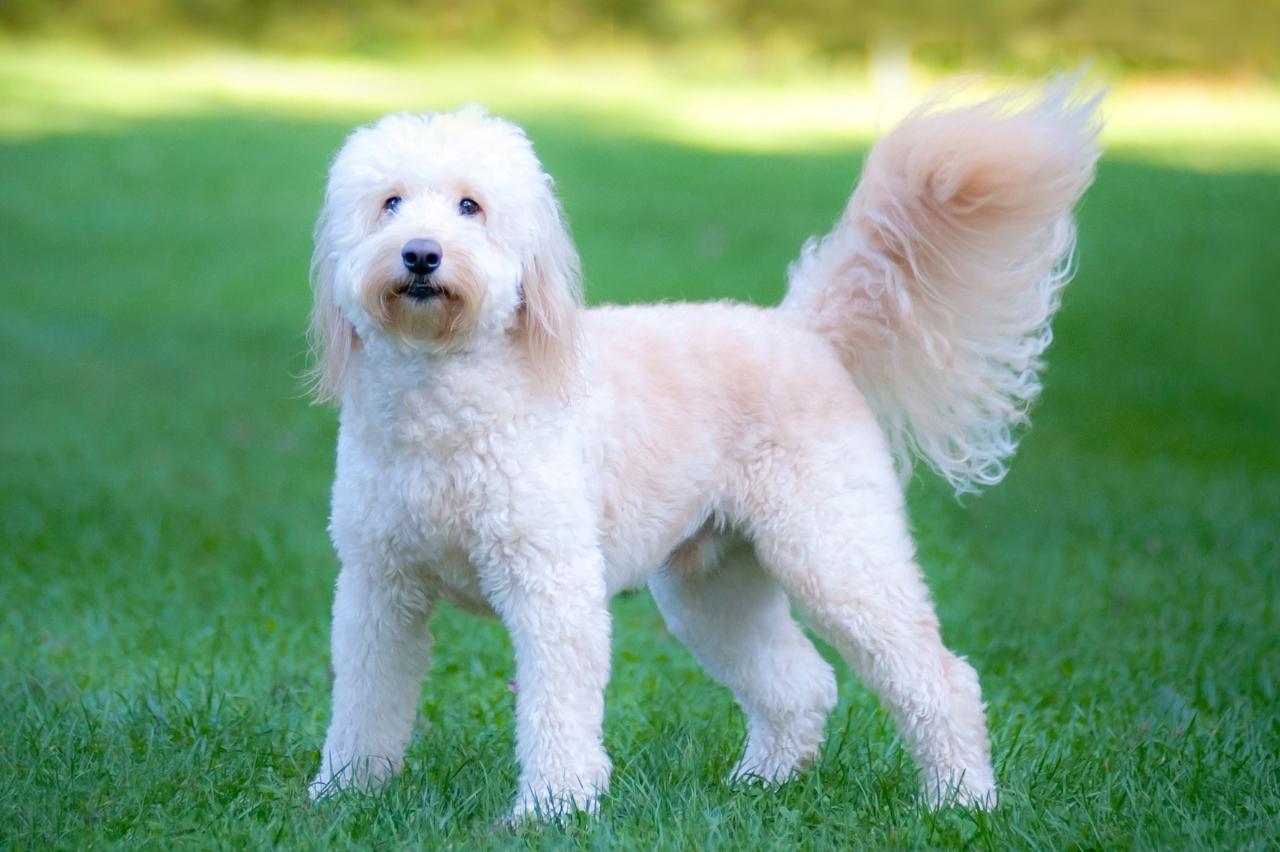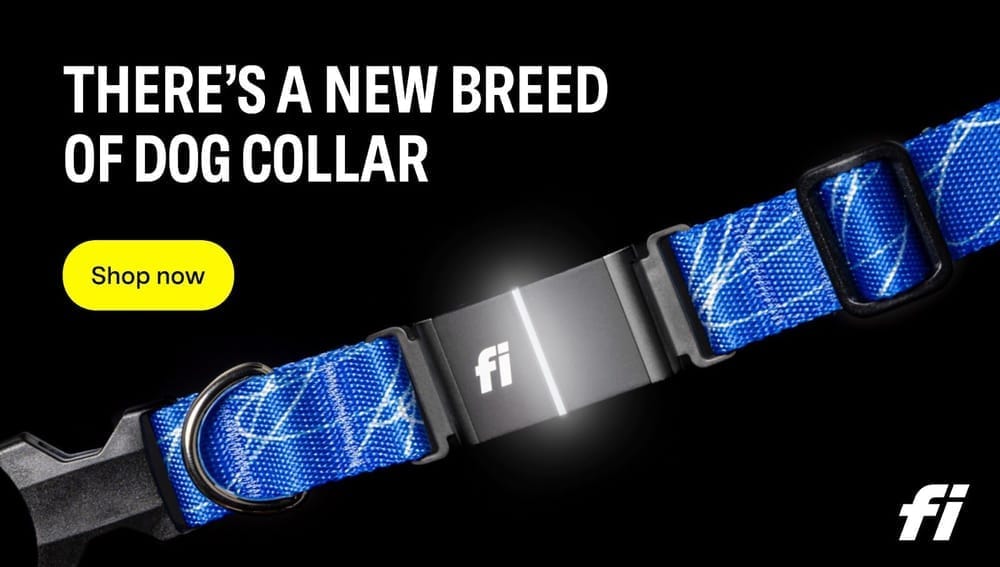Goldendoodles are a popular breed of dog that are known for their friendly and affectionate personalities. They are a cross between a Golden Retriever and a Poodle, and are often chosen for their hypoallergenic coats and intelligence. One question that many potential Goldendoodle owners may have is how long these dogs can hold their bladder.

The answer to this question can vary depending on a number of factors. Generally speaking, Goldendoodles are able to hold their bladder for several hours at a time. However, this can depend on the age and size of the dog, as well as their individual health and habits. It is important for owners to be aware of their Goldendoodle's needs and to provide them with ample opportunities to go outside and relieve themselves.
Goldendoodle Bladder Basics
Anatomy and Physiology
Goldendoodles are a mixed breed of dogs that are a cross between a Golden Retriever and a Poodle. Their bladder is a muscular sac that stores urine until it is ready to be expelled from the body. The bladder is connected to the urethra, which is the tube that carries urine out of the body.
The size of a Goldendoodle's bladder varies depending on their age, size, and gender. Generally, the larger the dog, the larger the bladder. Female Goldendoodles have a smaller bladder than males.
Bladder Development Stages
The bladder development stages of a Goldendoodle are divided into three stages: neonatal, transitional, and mature.
During the neonatal stage, which lasts up to two weeks, Goldendoodle puppies are unable to control their bladder and require assistance from their mother to urinate and defecate.
The transitional stage, which lasts from two to four weeks, is when Goldendoodle puppies start to gain control over their bladder and bowel movements.
The mature stage, which starts at four weeks and continues throughout their life, is when Goldendoodles have full control over their bladder and can hold their urine for longer periods.
It is important to note that Goldendoodles, like all dogs, require regular opportunities to relieve themselves. Puppies and older dogs may have a harder time holding their bladder for extended periods, so it is essential to take them out frequently.
Overall, Goldendoodles can hold their bladder for several hours, but it is best to provide them with regular opportunities to relieve themselves to prevent any discomfort or accidents.

Age-Related Bladder Control
Goldendoodles, like all dogs, experience changes in their bladder control as they age. This section will discuss the typical bladder control of puppies, adult Goldendoodles, and senior Goldendoodles.
Puppies
Puppies have very little bladder control and need to eliminate frequently. At 8-10 weeks old, Goldendoodle puppies can hold their bladder for about 2 hours. As they grow older, they can gradually hold their bladder for longer periods. By 6 months old, most Goldendoodle puppies can hold their bladder for up to 6 hours.
It is important to note that puppies should not be expected to hold their bladder for extended periods of time, as this can lead to accidents and bladder infections.
Adult Goldendoodles
Adult Goldendoodles typically have good bladder control and can hold their bladder for longer periods of time. On average, an adult Goldendoodle can hold their bladder for 8-10 hours. However, this can vary depending on the individual dog's size, activity level, and overall health.
It is important to provide adult Goldendoodles with regular opportunities to eliminate, especially if they are left alone for long periods of time. This can help prevent accidents and discomfort.
Senior Goldendoodles
As Goldendoodles age, their bladder control may begin to decline. Senior Goldendoodles may need to eliminate more frequently than they did in their younger years. It is not uncommon for senior Goldendoodles to experience incontinence or accidents.
It is important to provide senior Goldendoodles with easy access to a designated elimination area and to monitor their bladder control closely. In some cases, medication or other treatments may be necessary to manage incontinence.
Overall, Goldendoodles can hold their bladder for varying lengths of time depending on their age and individual factors. It is important to provide them with regular opportunities to eliminate and to monitor their bladder control closely to ensure their comfort and health.
Factors Affecting Bladder Capacity
Goldendoodles, like all dogs, have varying bladder capacities. Several factors affect the amount of time they can hold their bladder. Understanding these factors can help owners take better care of their furry friends.
Diet and Hydration
The type and amount of food and water intake can affect a dog's bladder capacity. A dog that drinks plenty of water and eats a balanced diet that contains adequate fiber can hold their bladder for longer periods. On the other hand, a dog that consumes too much water or eats foods that cause frequent urination may need to relieve themselves more often.
Activity Level
A dog's activity level can also affect their bladder capacity. When a dog is active, their body produces more urine, and they may need to relieve themselves more frequently. Conversely, when a dog is inactive or sleeping, their body produces less urine, and they can hold their bladder for longer periods.
Health Issues
Several health issues can affect a dog's bladder capacity. A urinary tract infection, bladder stones, or other bladder-related problems can cause frequent urination and reduce bladder capacity. It is essential to monitor a dog's urination habits and seek veterinary care if there are any concerns.
In conclusion, several factors affect a Goldendoodle's bladder capacity. By understanding these factors, owners can ensure their furry friends are healthy and comfortable.

Training for Bladder Control
Training a Goldendoodle for bladder control is an essential part of responsible pet ownership. By following some simple techniques, pet owners can help their furry friends develop good habits.
Potty Training Techniques
Potty training is the first step in developing bladder control. Pet owners should start by taking their Goldendoodle outside frequently, especially after meals, naps, and playtime. They should also watch for signs that their pet needs to go, such as sniffing or circling.
When the Goldendoodle goes outside, pet owners should praise and reward them with treats. This positive reinforcement will help their pet associate going outside with good things.
Crate Training
Crate training can also be an effective way to develop bladder control. Pet owners should choose a crate that is large enough for their pet to stand up, turn around, and lie down comfortably. They should also make sure the crate is in a quiet, comfortable location.
When the pet is in the crate, they should not have access to food or water. This will help them learn to hold their bladder for longer periods. Pet owners should gradually increase the amount of time their pet spends in the crate, and always take them outside immediately after they are let out.
Schedule Consistency
Consistency is key when developing bladder control. Pet owners should establish a regular feeding and potty schedule for their Goldendoodle. This will help their pet learn when to expect food and when to expect to go outside.
Pet owners should also be patient and understanding during the training process. Accidents will happen, and it is important not to punish the pet. Instead, pet owners should clean up the mess and continue with the training process.
By following these techniques, pet owners can help their Goldendoodle develop good bladder control habits. With patience and consistency, pet owners can help their furry friends become well-behaved and happy members of the family.
Recognizing the Need to Go
Goldendoodles are intelligent and trainable dogs that can hold their bladder for a reasonable amount of time. However, it is important to recognize the signs that they need to go to avoid accidents in the house.
Behavioral Signs
One of the most obvious signs that a goldendoodle needs to go is when they start pacing or circling around. They may also start sniffing around or scratching at the door. These are clear indications that they need to relieve themselves and should be taken outside immediately.
Another behavioral sign to look out for is restlessness. If a goldendoodle seems agitated or uncomfortable, it could be a sign that they need to go. They may also start whining or barking to get your attention, which should not be ignored.

Accident Patterns
Understanding your goldendoodle's accident patterns can also help you recognize when they need to go. For example, if they tend to have accidents after meals or when they wake up from a nap, it is a good idea to take them outside during those times.
It is also important to monitor their water intake and take them out more frequently if they have been drinking more than usual. Additionally, if your goldendoodle has had accidents in the past, it is important to be extra vigilant for signs that they need to go.
In summary, recognizing the signs that a goldendoodle needs to go is crucial for preventing accidents in the house. By paying attention to their behavior and accident patterns, owners can ensure that their furry friend stays happy and healthy.
Handling Accidents
Immediate Response
Goldendoodles are generally quick learners and can be trained to hold their bladder for extended periods of time. However, accidents can still happen, especially in younger puppies or when they are experiencing anxiety or stress. If an accident occurs, it's important to respond quickly and appropriately to prevent any further issues.
The first step in handling an accident is to clean it up thoroughly to prevent any lingering odors that could encourage the dog to go in the same spot again. Using an enzymatic cleaner can help break down any remaining urine or feces and eliminate the odor.
If the accident occurs indoors, it's important to confine the dog to a designated area until they are fully trained. This can be done using a crate or a playpen. When accidents occur outside, it's important to immediately take the dog to their designated potty area to reinforce good habits.

Preventative Measures
Preventing accidents is the best way to handle them. One way to prevent accidents is to establish a consistent routine for taking the dog outside. This can be done by taking them out at the same times each day, such as after meals or after waking up from a nap.
Another way to prevent accidents is to supervise the dog closely, especially when they are in a new environment or experiencing stress. This can help prevent accidents and reinforce good habits.
It's also important to provide plenty of opportunities for the dog to go outside and use the bathroom. This can be done by taking them out frequently, especially after meals or naps, and providing plenty of water to encourage urination.
By responding quickly and appropriately to accidents and taking preventative measures, owners can help their goldendoodles develop good bathroom habits and avoid any further issues.
Professional Guidance
Goldendoodles are intelligent and affectionate dogs that are a popular choice for many families. However, like any other breed, they have their own unique needs and challenges. One such challenge is managing their bladder, especially when they are left alone for extended periods.
When to Consult a Vet
If a goldendoodle is having difficulty holding their bladder, it is important to consult with a veterinarian. A vet can rule out any underlying medical conditions that may be causing the issue. Some common medical conditions that can affect a dog's ability to hold their bladder include urinary tract infections, bladder stones, and diabetes.
If a medical condition is not the cause, a vet may recommend behavioral training to help the dog learn how to hold their bladder for longer periods. They may also suggest medication to help manage any underlying anxiety or stress that may be contributing to the problem.
Behavioral Specialist Advice
In addition to consulting with a vet, it may also be helpful to seek advice from a behavioral specialist. A specialist can help identify any underlying behavioral issues that may be contributing to the problem. They can also provide guidance on how to train the dog to hold their bladder for longer periods.
Some common behavioral issues that can affect a dog's ability to hold their bladder include separation anxiety, boredom, and lack of proper training. A behavioral specialist can work with the owner to develop a training plan that addresses these issues and helps the dog learn how to hold their bladder for longer periods.
Overall, managing a goldendoodle's bladder can be challenging, but with the right guidance and training, it is possible to help them hold their bladder for longer periods. By working with a vet and a behavioral specialist, owners can develop a comprehensive plan that addresses any underlying medical or behavioral issues and helps their dog live a happy and healthy life.

Conclusion
In conclusion, understanding and managing your Goldendoodle's bladder control is essential for their health and comfort. Factors such as age, diet, activity level, and health significantly influence their bladder capacity. By providing regular potty breaks, consistent training, and monitoring their behavior, owners can help their Goldendoodles develop good bladder control.
Immediate response to accidents and consulting with veterinarians or behavioral specialists when needed are crucial steps. Goldendoodles are intelligent and trainable, and with patience and proper care, they can learn to manage their bladder effectively, ensuring a happy and healthy life. Being attentive to their needs and offering appropriate support will help maintain their well-being and prevent potential issues.




